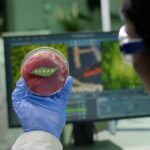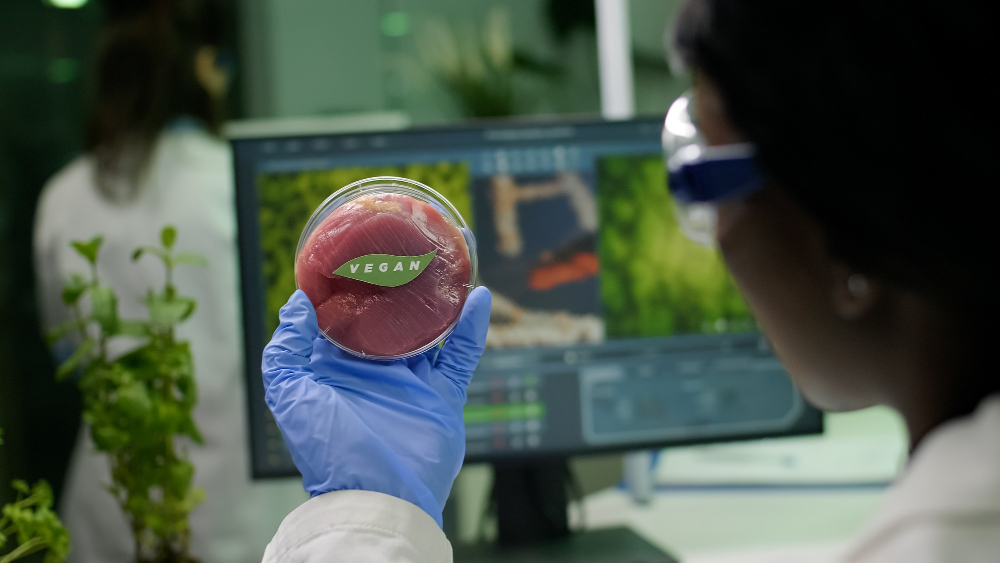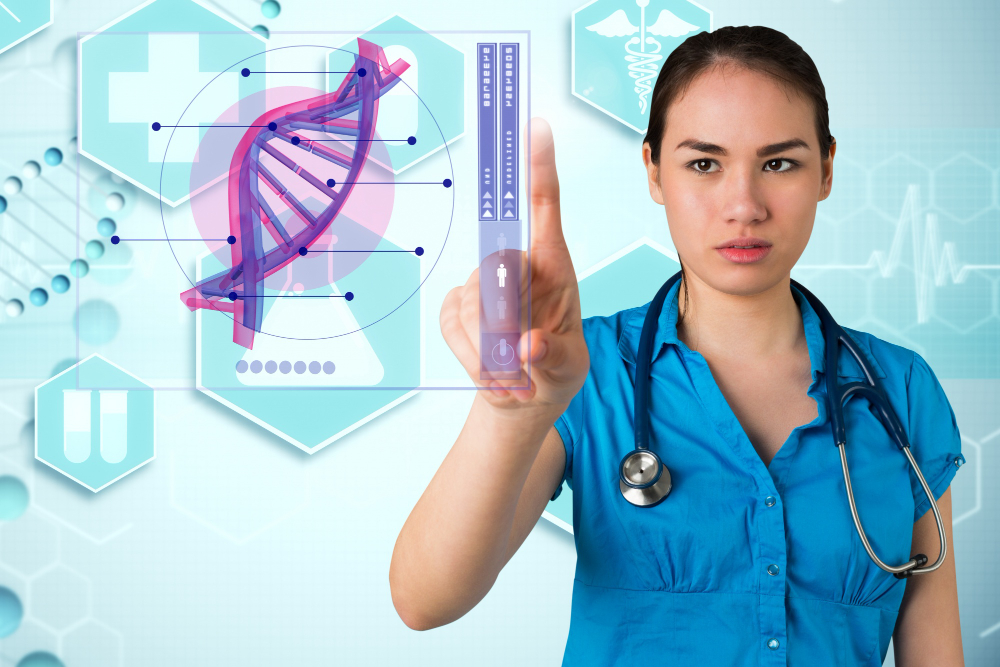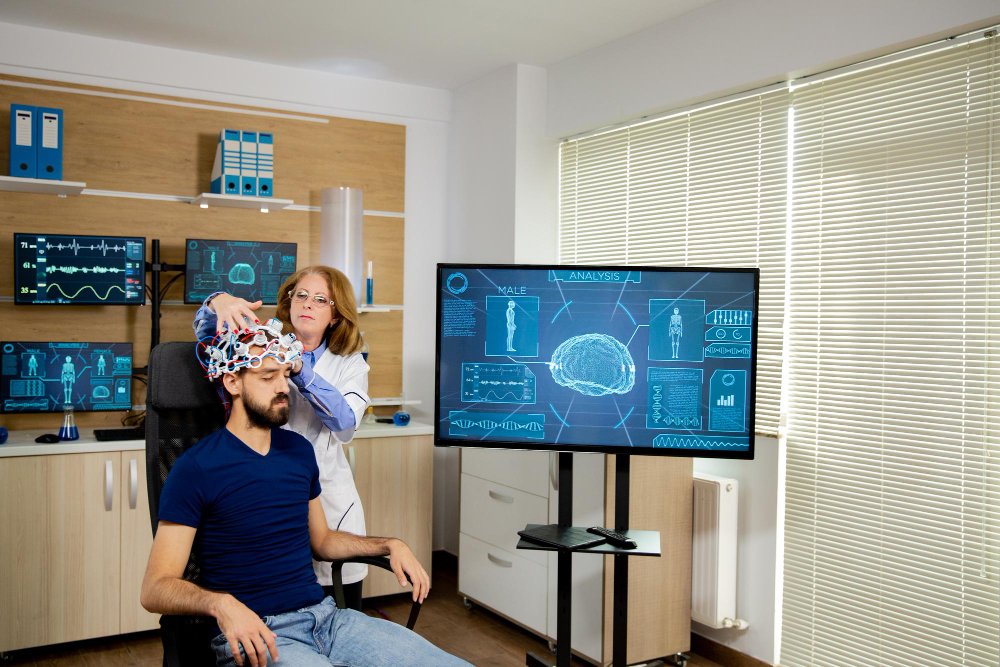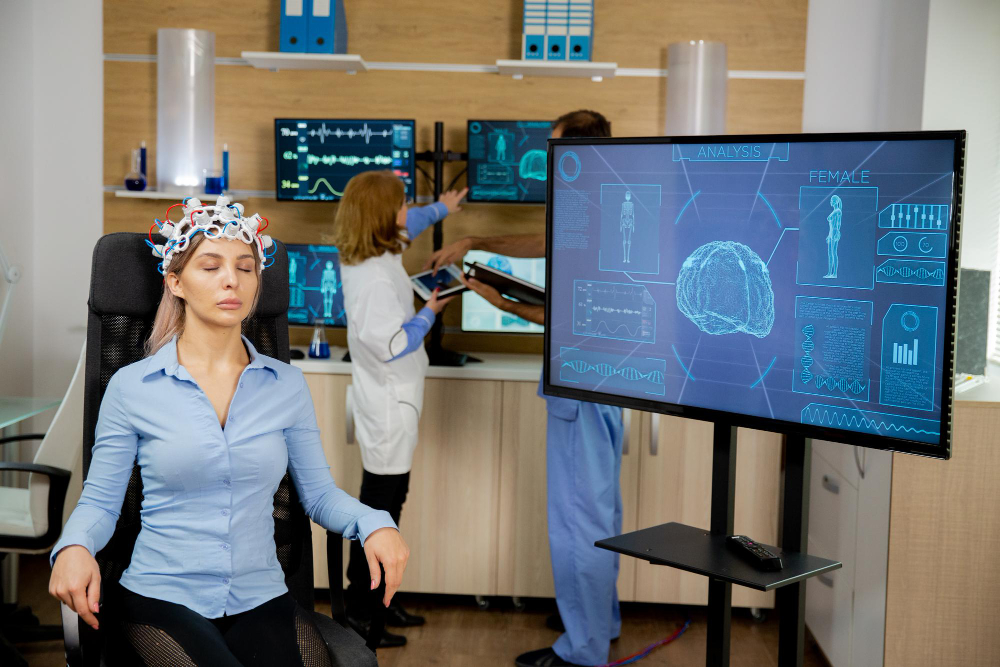How 3D Bioprinting Could Replace Organ Transplants in the Future
In the not-so-distant future, waiting years for a donor organ may become a thing of the past. Thanks to 3D bioprinting, scientists are learning to print living organs using a patient’s own cells — a breakthrough that could end the global organ shortage and transform modern medicine forever.
Imagine a world where a new heart, kidney, or liver can be printed on demand — custom-made, perfectly compatible, and free from rejection. This is no longer science fiction; it’s a rapidly approaching reality.
Let’s explore how 3D bioprinting is reshaping the future of organ transplants, from the lab bench to the operating room.
1. What Is 3D Bioprinting?
3D bioprinting is an advanced manufacturing process that uses living cells and biomaterials instead of plastics or metals to create tissue-like structures.
Just like traditional 3D printing, it builds objects layer by layer — but here, each “ink” droplet contains living biological material.
Key Components
- Bioink: A mixture of stem cells, growth factors, and hydrogels that can form tissue.
- Bioprinter: A precision machine that deposits bioink with micrometer accuracy.
- Blueprint (CAD Model): A digital design based on a patient’s organ scan.
By layering different cell types in precise patterns, scientists can recreate the architecture and function of natural tissues — from skin and cartilage to entire organs.
2. Why the World Needs 3D-Printed Organs
Organ transplants save lives — but there’s a critical shortage.
The Crisis in Numbers
- Over 100,000 people are currently on organ transplant waiting lists worldwide.
- Every 10 minutes, someone is added to that list.
- Thousands die each year waiting for a suitable donor.
Traditional transplants also face challenges like immune rejection, infection, and lifelong medication dependency.
3D bioprinting offers a revolutionary solution — creating organs on demand, perfectly matched to each patient’s DNA, reducing rejection risk and eliminating donor dependence altogether.
3. The Science Behind Bioprinting Living Organs
At its core, 3D bioprinting relies on cell biology, biomaterials, and bioengineering working in harmony.
Step-by-Step Process
- Cell Harvesting: Scientists collect a patient’s stem cells — often from blood or bone marrow.
- Bioink Preparation: These cells are mixed with hydrogels that mimic the body’s natural extracellular matrix.
- 3D Printing: A digital model guides the printer to deposit bioink layer by layer, forming tissue structures.
- Maturation (Bioreactor Phase): The printed tissue is incubated to grow and develop full functionality.
The final result is a living, vascularized tissue capable of performing real biological functions.
4. Current Success Stories in Bioprinting
Bioprinting has already made astonishing progress, with breakthroughs in printing mini-organs (organoids) and simple tissues.
Recent Milestones
- Human skin and cartilage: Used for wound healing and cosmetic reconstruction.
- 3D-printed corneas: Restoring vision in patients with corneal blindness.
- Miniature heart and liver models: Used for drug testing and toxicity studies.
- Bioprinted kidneys and pancreas prototypes: Under development for future transplants.
In 2025, a research team at Tel Aviv University successfully printed a vascularized human heart the size of a rabbit’s — using the patient’s own cells. It marked a huge step toward fully functional, transplantable human organs.
5. How 3D Bioprinting Could Replace Organ Transplants
The long-term goal of 3D bioprinting is to eliminate the need for donor organs entirely.
Key Advantages
- No Rejection: Organs printed with a patient’s own cells are genetically identical.
- Immediate Availability: No waiting lists or donor searches.
- Reduced Surgical Risks: Organs can be tailored to fit the patient’s anatomy perfectly.
- Ethical Solution: Eliminates the ethical and legal challenges of organ trafficking.
By 2035, scientists predict that bioprinted organs will become a standard part of regenerative medicine, just as artificial limbs and prosthetics are today.
6. The Role of Stem Cells in Bioprinting
Stem cells are the foundation of all bioprinting efforts. These versatile cells can differentiate into any cell type, allowing the creation of complex tissues such as heart muscle, liver cells, or kidney nephrons.
Types of Stem Cells Used
- Embryonic Stem Cells (ESCs) – Pluripotent but ethically debated.
- Induced Pluripotent Stem Cells (iPSCs) – Adult cells reprogrammed to behave like embryonic ones.
- Adult Stem Cells – Limited but valuable for tissue-specific printing.
Using iPSCs, scientists can produce autologous organs — those derived from a patient’s own cells — completely eliminating immune rejection.
7. Overcoming the Challenges: Vascularization and Functionality
One of the toughest hurdles in organ printing is creating blood vessels that can supply nutrients and oxygen to every cell.
Without vascular networks, large printed tissues die quickly.
Innovative Solutions
- Microchannel Printing: Engineers print networks of capillary-sized tubes within organs.
- Bioactive Scaffolds: Hydrogels infused with growth factors promote vessel formation.
- AI-Guided Simulation: Artificial intelligence models blood flow to design efficient vascular patterns.
Recent progress in bioprinted vasculature and 4D printing (where tissues evolve over time) has brought us much closer to printing fully functional, transplantable organs.
8. 3D Bioprinting in Drug Testing and Disease Modeling
Even before full organ transplants, 3D bioprinting is revolutionizing pharmaceutical testing.
Applications
- Bioprinted liver tissue tests drug toxicity safely, reducing reliance on animal trials.
- Tumor-on-a-chip models allow researchers to study how cancer responds to therapies.
- Patient-specific disease models help predict treatment outcomes before clinical trials.
This innovation not only accelerates medical research but also saves lives by identifying dangerous drug reactions earlier.
9. Future Applications Beyond Organs
3D bioprinting’s potential extends beyond organ creation. It could transform cosmetic, orthopedic, and reconstructive surgery, as well as space medicine for long-term missions.
Emerging Frontiers
- Bone and joint replacements made from bio-ceramics and living tissue.
- Personalized skin grafts for burn victims.
- Bioprinting in space — NASA is researching zero-gravity bioprinters to treat astronauts in orbit.
In time, 3D bioprinting could become a cornerstone of regenerative health, rebuilding the body cell by cell.
10. Ethical and Regulatory Challenges
As with any frontier in biotechnology, 3D organ printing raises ethical and legal questions.
Concerns
- Should printed organs be patented?
- Who owns the rights to bioengineered tissues?
- What are the moral limits of creating synthetic life?
Regulatory agencies like the FDA are now developing frameworks to ensure safety, quality, and ethical oversight in bioprinting applications.
The challenge lies in balancing innovation and ethics — ensuring that technology serves humanity responsibly.
11. The Road Ahead: When Will We See 3D-Printed Organs in Hospitals?
While printing simple tissues is now routine, fully functional organs like hearts, kidneys, and livers are still in early clinical stages.
Predicted Timeline
- By 2027: Bioprinted tissues used for drug testing and skin grafts.
- By 2030: Partial organ transplants (like liver lobes or cartilage implants).
- By 2035–2040: First complete organ transplants from bioprinted models.
With exponential advances in AI modeling, stem cell research, and nanomaterials, that future may arrive even sooner than expected.
Conclusion
3D bioprinting represents one of the most revolutionary breakthroughs in medical science — a bridge between biology and engineering that could eliminate organ shortages forever.
By merging stem cell technology, AI design, and precision printing, scientists are building a future where no one dies waiting for a donor.
When that day comes, hospitals will no longer depend on donors or compatibility charts — instead, they’ll rely on digital blueprints and living bioinks to create organs that heal, grow, and live just like the originals.
The age of organ donation is giving way to the era of organ creation — and it’s happening in our lifetime.





